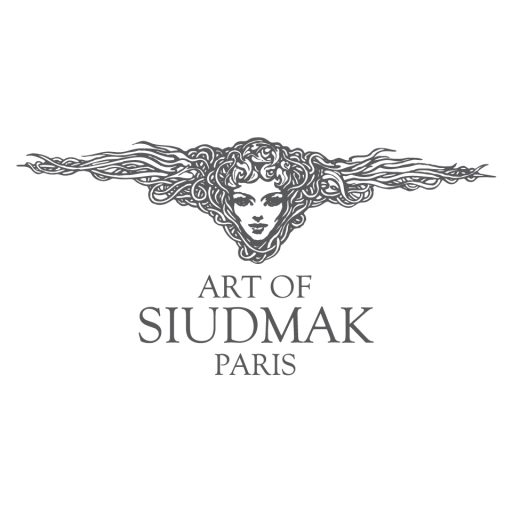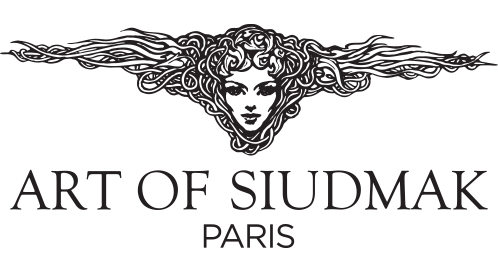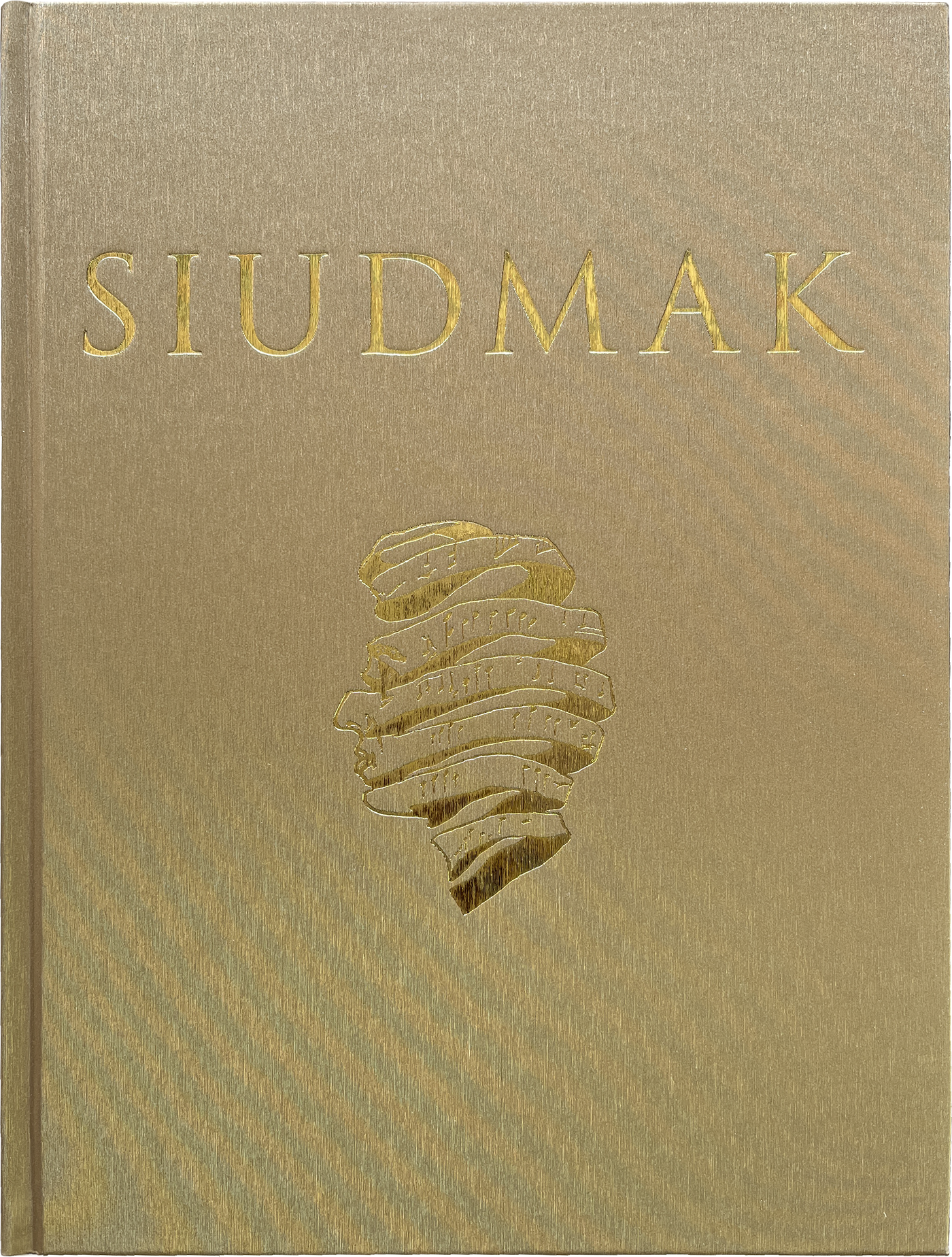The Nocturnes are some of the most well-known and beautiful of Chopin’s works. The name itself means twilight, and evokes very romantic images of the night, the Moon and the associated emotions. As night falls, lines begin to blur, forms become more mysterious, and sounds — surprising. The language of poetry is born, made up of whispers, the rustling of leaves, puzzling shapes and thoughts.
Imagination takes control over reality, introducing us to a world steeped in darkness. The invisible becomes real. We feel more than we perceive. Shakespeare’s words can be heard spoken in hushed tones: “We are such stuff as dreams are made on, and our little life is rounded with a sleep.”
The creator becomes the master of the reality that he generates. The music and the visions extend beyond the common. My works do contain that which is real, but individual elements are composed in a way which references other meanings, personal experiences and the surreal sphere of imagination, which is also referred to as fantastic realism. Reality is perceived through the eyes of the artist, who offers his own, personal vision. Surrealism is a term which refers to the unreal, the extraordinary, to the realm of dreams, which is of course in opposition to the concept of realism. The term fantastic serves to justify the hyperreality of the vision presented by the artist, while allowing the preservation of all pretences of realism.
The Nocturnes’ shared poetic expression of Chopin’s spiritual experiences, and the ways in which the Nocturnes inspired my drawings consist in the unexpectedness of the methods used to present them. Chopin was well-versed in how classical forms are constructed, but wielded melody in new, unpredictable ways. A wondrous harmony dominates his works, a fascinating kind of cosmic order. He did not build them by grouping together melodic phrases according to algebraic principles, like Mozart, but used intuition, emotions and harmony which borders on prodigious.
Chopin’s Nocturnes contain within them an entire range of emotions — from love to a sense of impending death, despair, grievance, melancholy and regret, which the composer himself admitted defined his work, especially the Nocturnes. This world of Chopin’s experiences defines the keys in which the music is written. This system of expression was defined by Christian F. D. Schubart (Ideen zu einer Ästhetik der Tonkunst). A similar atmosphere can be found in the art of the Baroque, where traditional realistic elements bear symbols agreed upon at the time, imbuing Baroque paintings with mysterious vanitas themes which are now nearly impossible to decipher. What remains is the beauty of the painting, as well as its skilful technique.
For example, the use of C-sharp expressed, among other things, a complaint of unrequited love, D-flat major — suffering and exaltation, a-flat major — death, e-flat major — heroism, love and prayer, as it contains the number 3 (flat). This is in addition to unexpected modulations, dissonances, intricate melodies, contrasts in dynamics and expression, combining lyricism and drama, simplicity and sophistication
The techniques used in my drawings focus also on semiosis, can be interpreted differently and are ambiguous and unillustrative, as in the case of the gentle expression of love in Destin ephemere, which can also be euphoric and very uplifting, as in the case of Exaltation. Chopin’s Nocturnes is music for the elite and the initiated, music of the highest brow. I attempt to show this in Cortege sans fin, while the outstretched wings in Puissance cosmique empower this flight. I also refer to the meaning of existence. Promenade vers l’infini depicts the skeleton of a bird with tattered wings, dragging behind it the “cart of life”. Is it despair, melancholy, or regret? Legende du lac, with its rider on horseback, may refer to Chopin’s greatness, while the shadow of a woman may allude to the “complaint of unrequited love”.
For a painter and a composer, this is a kind of rebellion, an existential conflict — with the past of one’s life, of art.
I wish to open the minds of the viewers and listeners to a vast expanse of imagination, where every interpretation is valid and enriches the perception of the music with the divine proportion of the golden ratio and cosmic harmony.
Wojciech SIUDMAK



